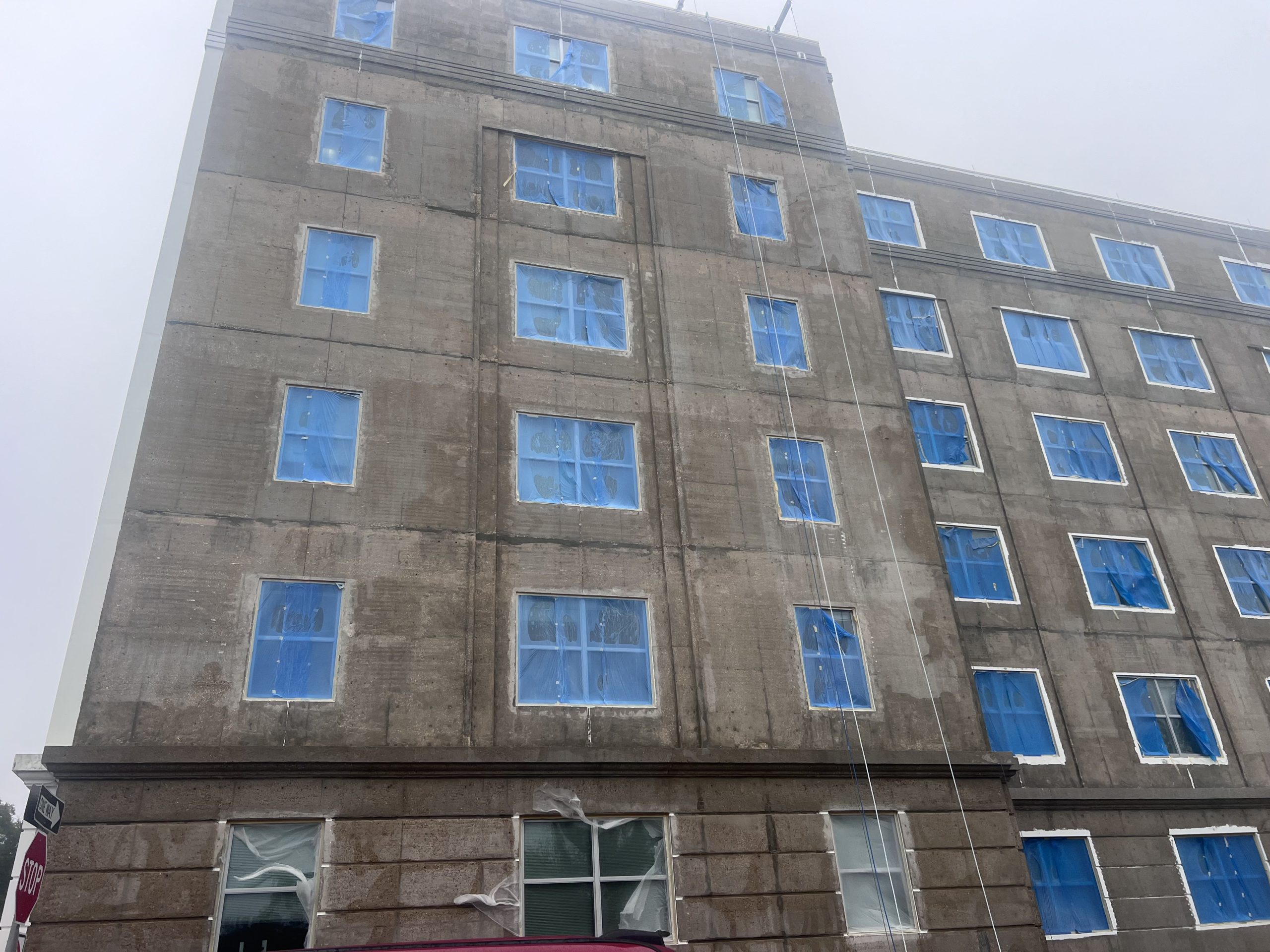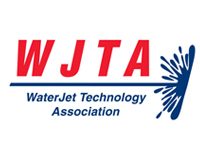The Dynamics of Hydrodemolition Projects
Hydrodemolition, a technique utilizing high-pressure water jets to remove deteriorated concrete, has gained prominence in the construction industry for its effectiveness in various applications. Clean Sweep has been a leading provider of this highly technical method since its onset in the early 1990s. Like any construction method, hydrodemolition projects come with their own set of challenges. In this blog, we’ll delve into the intricacies of hydrodemolition projects, exploring the hurdles encountered and the innovative solutions by Clean Sweep.
Problem 1: Containment and Water Management
Hydrodemolition generates a significant amount of water mixed with debris. Managing this water flow and containing the debris poses a challenge, especially in urban or environmentally sensitive areas where water runoff must be controlled to prevent pollution. Traditional methods of containment, such as using barriers and collection systems, may not always suffice, leading to water management issues and potential environmental concerns.
Solution: Advanced Containment Systems
To address water management challenges, advanced containment systems, such as vacuum-assisted recovery systems and closed-loop recycling units, are employed. These systems capture and filter the water, allowing for efficient reuse and minimizing environmental impact. Additionally, implementing biodegradable additives in the water can aid in reducing pollution risks.
Problem 2: Surface Preparation and Accessibility
Ensuring proper surface preparation is crucial for the success of hydrodemolition projects. However, accessing confined spaces or intricate structures can be challenging. Traditional equipment may struggle to reach certain areas, hindering the efficiency and effectiveness of the process. Additionally, variations in surface composition and condition can affect the uniformity of concrete removal, requiring careful planning and execution.
Solution: Robotic and Remote-Controlled Equipment
Innovations in robotic and remote-controlled hydrodemolition equipment have revolutionized surface preparation, enabling access to complex structures with precision and efficiency. These technologies allow operators to maneuver equipment in tight spaces or hazardous environments safely, improving overall project outcomes.
Problem 3: Safety Considerations
The high-pressure water jets used in hydrodemolition pose inherent safety risks to both workers and nearby structures. Controlling the direction and intensity of the water stream, as well as managing the rebound of debris, demands stringent safety measures. Moreover, working in wet conditions adds another layer of complexity, increasing the risk of slips and falls.
Solution: Safety Protocols and Training
Emphasizing comprehensive safety protocols and providing regular training to personnel is paramount in mitigating risks associated with hydrodemolition. Clean Sweep is dedicated to safe practices. Utilizing personal protective equipment (PPE), establishing exclusion zones, and conducting thorough risk assessments before each project help ensure the safety of workers and surrounding infrastructure.
Problem 4: Waste Disposal
Disposing of the debris generated during hydrodemolition projects presents logistical and environmental challenges. Traditional methods of disposal, such as landfilling, may not align with sustainability goals or regulatory requirements. Finding alternative solutions for recycling or repurposing demolished concrete can be economically and environmentally beneficial but requires innovative approaches.
Solution: Sustainable Waste Management Practices
Adopting sustainable waste management practices, such as on-site crushing and recycling of demolished concrete for use as aggregate or fill material, reduces the environmental footprint of hydrodemolition projects. Collaboration with local recycling facilities and incorporating recycled materials into new construction projects fosters a circular economy approach.
Conclusion:
Hydrodemolition projects present unique challenges ranging from water management and surface preparation to safety and waste disposal. However, with innovation and strategic planning, these challenges can be overcome. By implementing advanced containment systems, leveraging robotic technology, prioritizing safety, and embracing sustainable practices, hydrodemolition contractors can enhance project efficiency, minimize environmental impact, and ensure the safety of personnel and surrounding communities. As the construction industry continues to evolve, the evolution of hydrodemolition techniques will play a vital role in shaping the future of infrastructure development.
At Clean Sweep, we believe strongly that hydrodemolition is essential in concrete projects and will only gain popularity as the world becomes more efficient and environmentally conscious. Each of our services, from coating removal to full hydrodemolition, is done with industry-leading expertise.
Follow all of our happenings on Instagram, Facebook, and LinkedIn.





